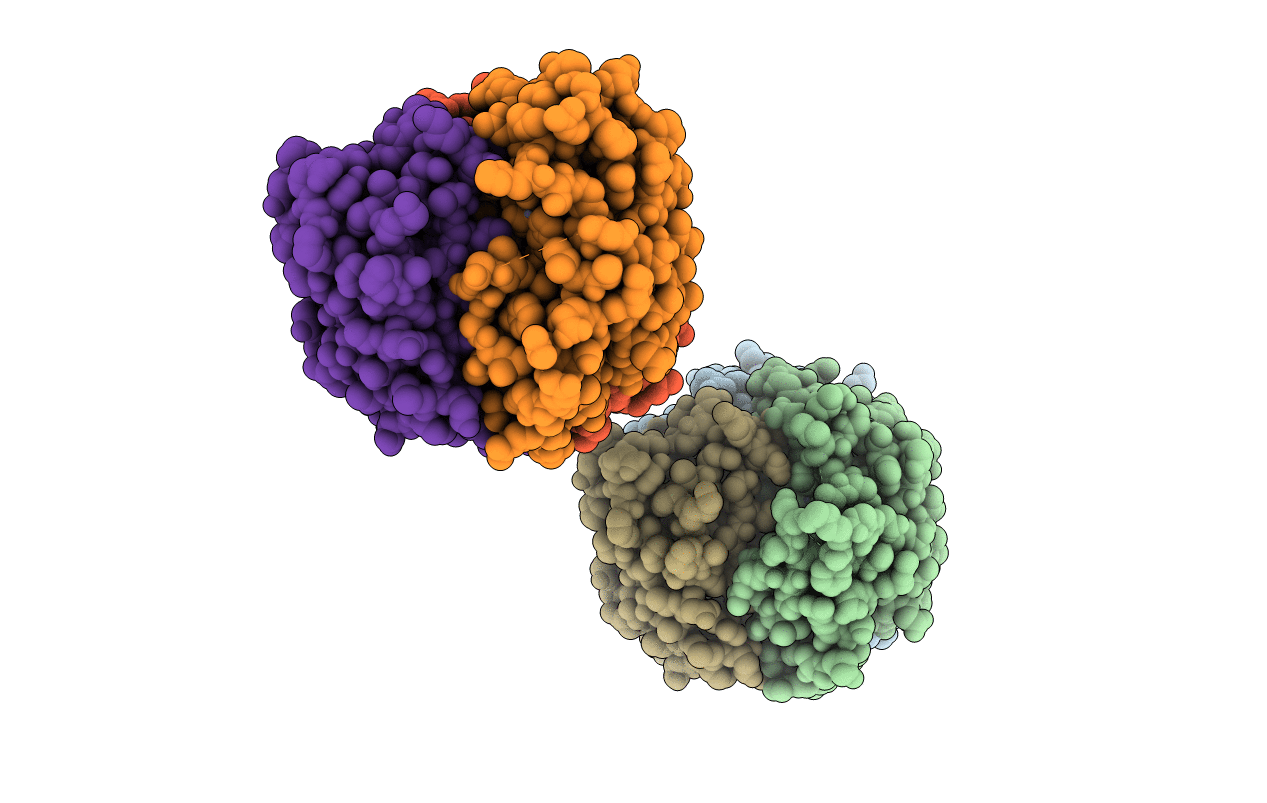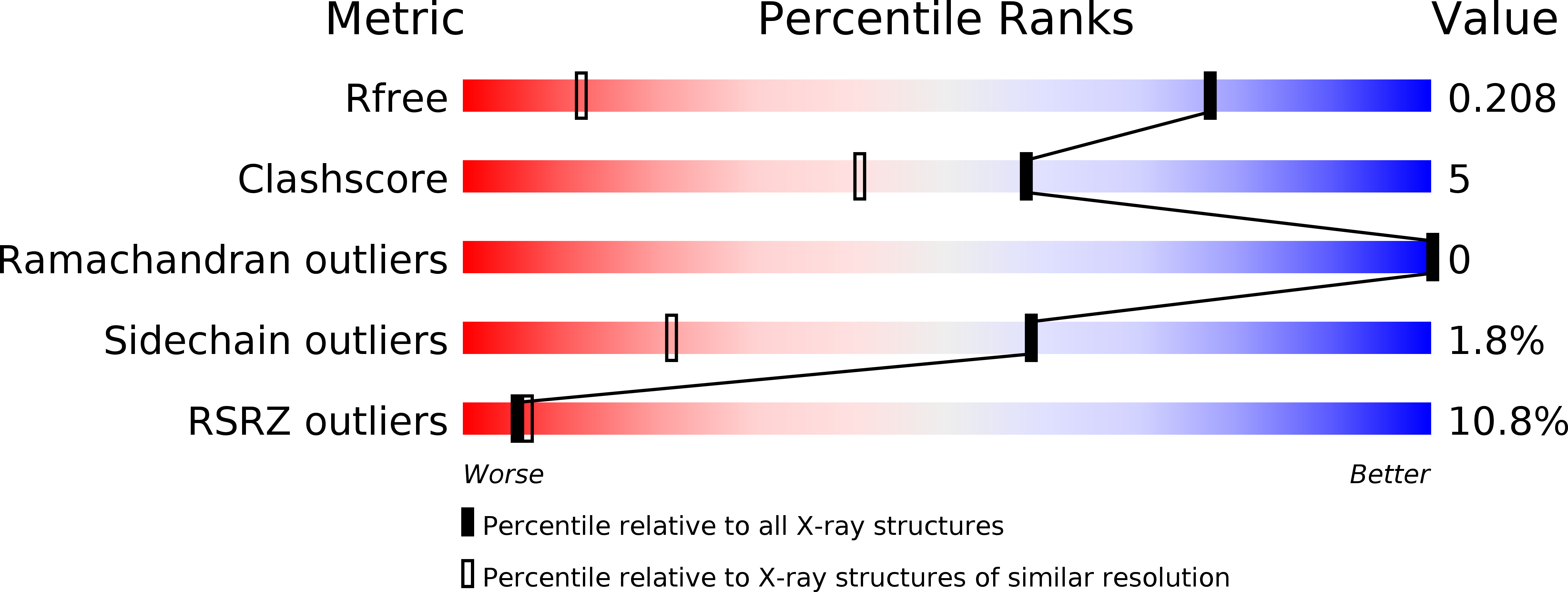
Deposition Date
2008-10-24
Release Date
2008-11-04
Last Version Date
2023-12-27
Entry Detail
PDB ID:
3F0D
Keywords:
Title:
High resolution crystal structure of 2C-methyl-D-erythritol 2,4-cyclodiphosphatase synthase from Burkholderia pseudomallei
Biological Source:
Source Organism:
Burkholderia pseudomallei (Taxon ID: 28450)
Host Organism:
Method Details:
Experimental Method:
Resolution:
1.20 Å
R-Value Free:
0.20
R-Value Work:
0.18
R-Value Observed:
0.18
Space Group:
C 1 2 1


